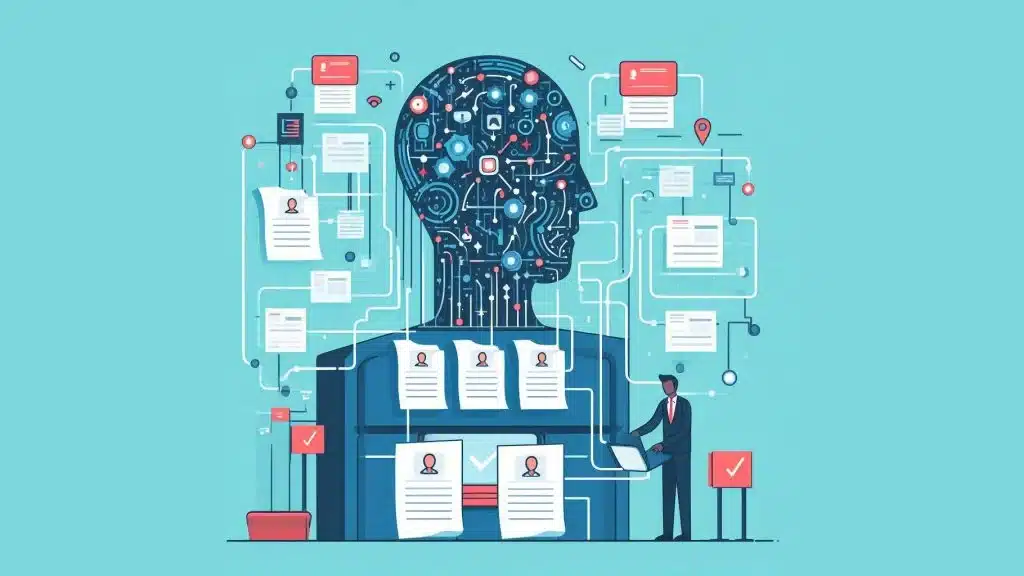As financial criminals grow increasingly sophisticated, the tools to catch them must evolve in tandem. Trust and transparency are paramount in deploying effective AI models, which serve as virtual teammates in combating financial crime.
Embracing Artificial Intelligence in Financial Crime Detection
Artificial intelligence (AI) stands as a crucial ally in the relentless battle against financial crime. However, building trust in AI as a crime-fighting tool requires a deeper understanding of its inner workings and capabilities.
The Role of Domain Knowledge
At the core of effective AI models lies a profound understanding of the domain they operate in. By leveraging extensive domain knowledge, AI experts can ensure that models are trained on high-quality data, thereby enhancing their accuracy and reliability in detecting financial crime.
Anomaly detection, a central component of FinCrime models, thrives on contextual knowledge encompassing various financial data attributes. This nuanced understanding allows AI models to sift through vast datasets and pinpoint suspicious activities with precision.
Positive Feedback Loops: Human-AI Collaboration
Contrary to the notion of AI replacing human operators, it functions as a collaborative partner in the fight against financial crime. Through ongoing interactions with human operators, AI models continuously refine their detection capabilities, resulting in improved accuracy over time.
This collaborative approach stands in stark contrast to traditional rules-based systems, where human intervention yields minimal improvements. By integrating human expertise into AI algorithms, organizations foster a culture of trust and transparency in their FinCrime detection efforts.
Proprietary Pattern Repositories: Enhancing Collective Intelligence
The accumulation of FinCrime patterns and risk factors fuels the evolution of AI models across multiple institutions. Through federated learning, organizations can share insights and refine detection algorithms without compromising data security.
By leveraging collective intelligence, AI models become increasingly adept at identifying emerging threats and adapting to evolving FinCrime tactics. This collaborative approach amplifies the effectiveness of FinCrime detection efforts on a global scale.
Explainability and Auditability: Pillars of Trust
Transparency is paramount in instilling trust in AI-driven FinCrime detection. AI models must provide clear and comprehensible explanations for their decisions, enabling human operators to validate and interpret detection outcomes effectively.
Moreover, robust audit trails ensure accountability and oversight in AI model deployment. Financial institutions must adhere to established principles of model governance, promoting transparency and accountability in their FinCrime detection endeavors.
The Validation Imperative: Ensuring Model Reliability
Before deployment, AI models undergo rigorous validation processes to ensure their effectiveness and reliability. Setting stringent criteria and performance benchmarks enables organizations to uphold the integrity of their FinCrime detection mechanisms.
Embracing the Wolfsberg Principles
Adherence to industry standards, such as the Wolfsberg Principles, underscores the commitment to ethical and responsible AI deployment in financial crime compliance. These principles advocate for legitimate use, proportionate deployment, and accountability in AI-driven FinCrime detection.
Fostering Trust Through Collaboration
By embracing transparency, collaboration, and adherence to best practices, organizations can foster trust in AI as a powerful ally in the fight against financial crime. Through ongoing partnerships between human investigators and AI super sleuths, financial institutions can stay ahead of evolving threats and safeguard their integrity.
In conclusion, as financial criminals harness AI for nefarious purposes, organizations must leverage AI models equipped with explainability, auditability, and collaborative learning capabilities. By doing so, they can bolster their defenses against FinCrime and uphold the integrity of the financial system.
To learn more, request a demo or more information.






